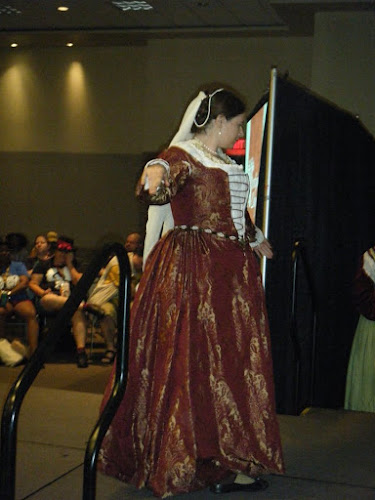Do you take commissions?
At this time I am not taking on commission work for individuals. If this changes in the future I will update my page here.
What is your favorite time period?
My first love will always be 16th century fashion thanks to my fascination with the Tudors and Elizabeth I of England early in life, but I do love exploring other regions and time periods.
How do I get started?
Pick out a project that you love. Experience, research, and practice will help you keep improving once you get started. I often find the hardest part is just o get started, and keep going when something about a project frustrates you. Your first project should be something you are so passionate about doing that the desire to see it done will carry you past that.
Do you do workshops?
I have done workshops for groups in the past to help people get started on their own costuming projects. You can e-mail me to discuss timelines and details. Timelines and sizes may be limited at this time due to covid-19.
maridith.smith@gmail.com
 |
| Phoenix Comic Con Fashion Show 2015 Photo by Patti Jo Collum |
Comments
Post a Comment